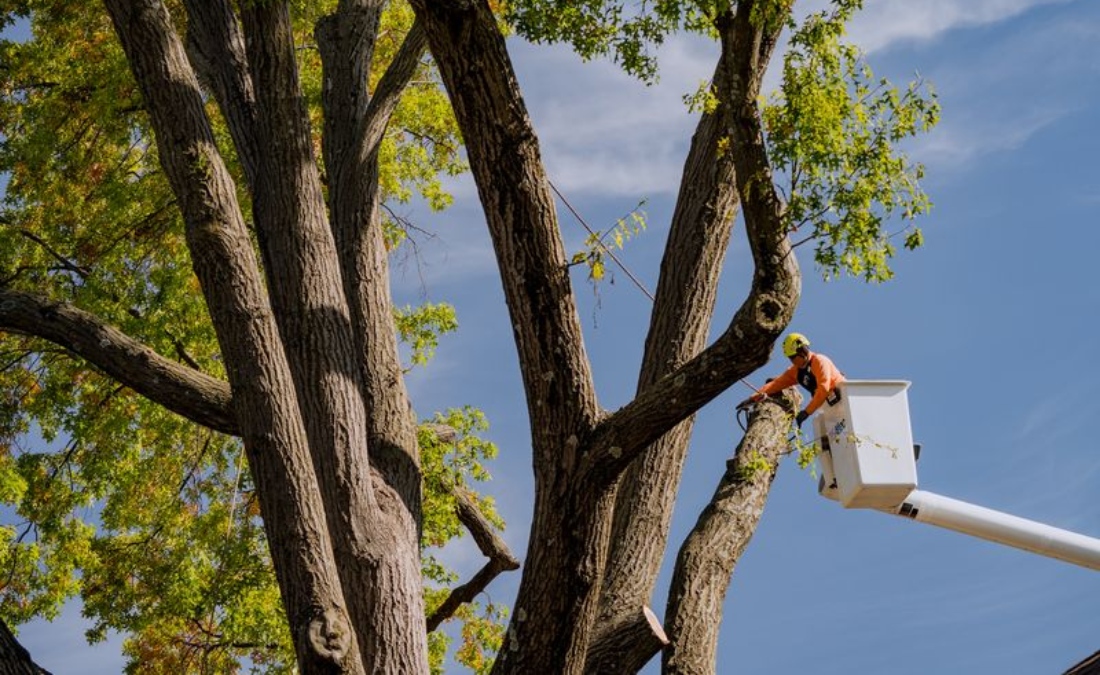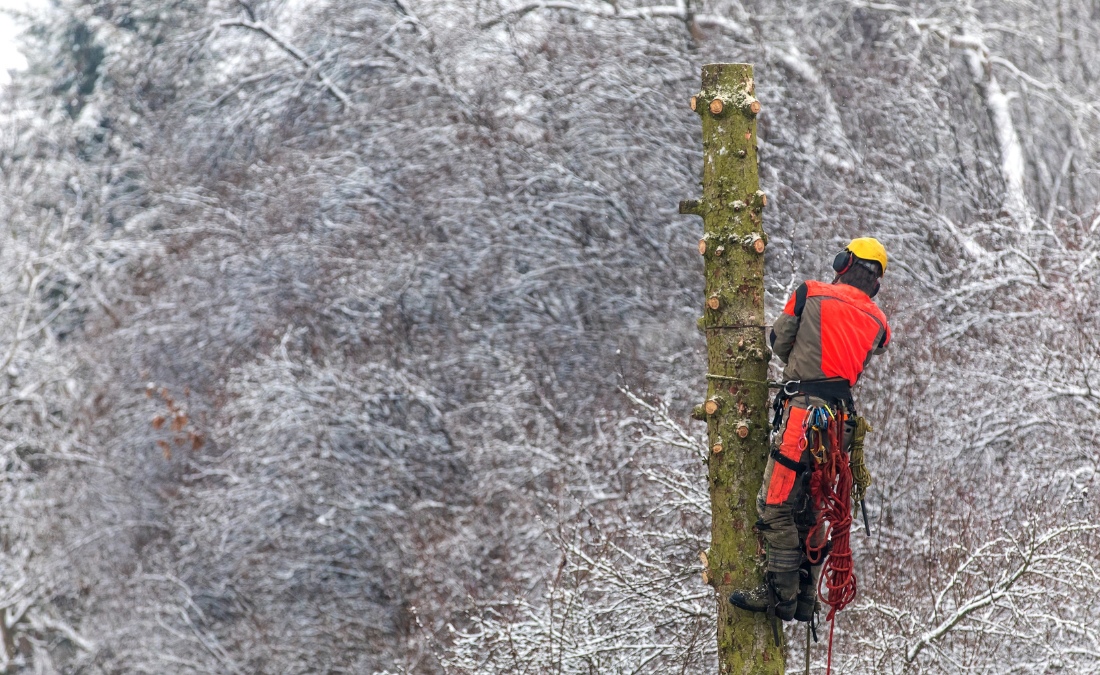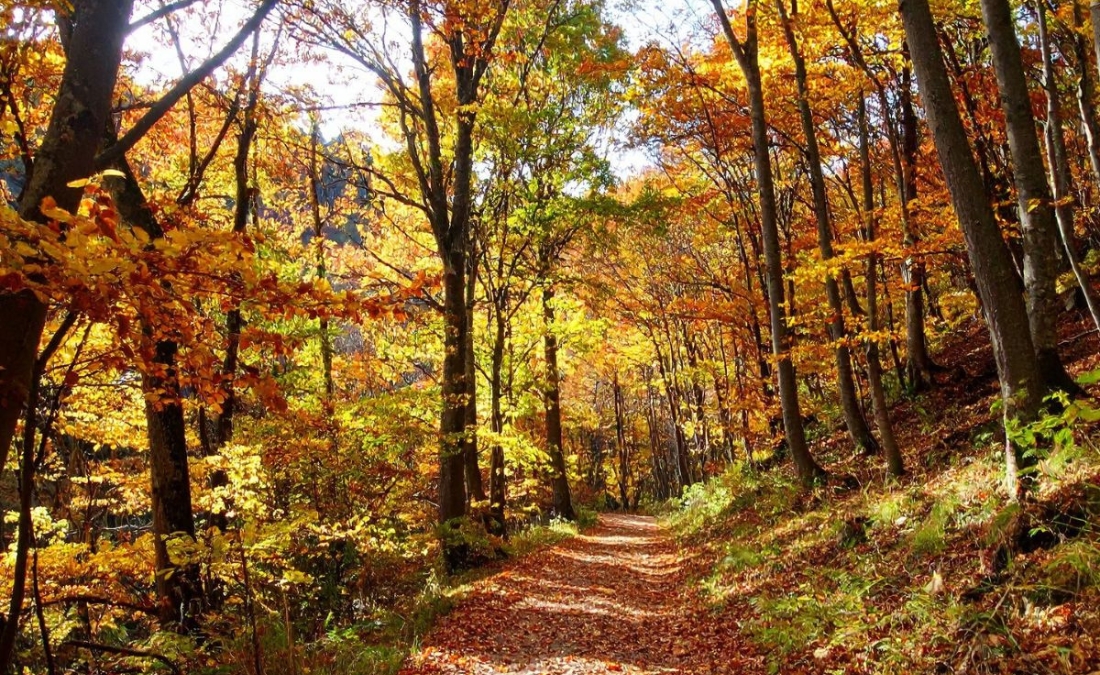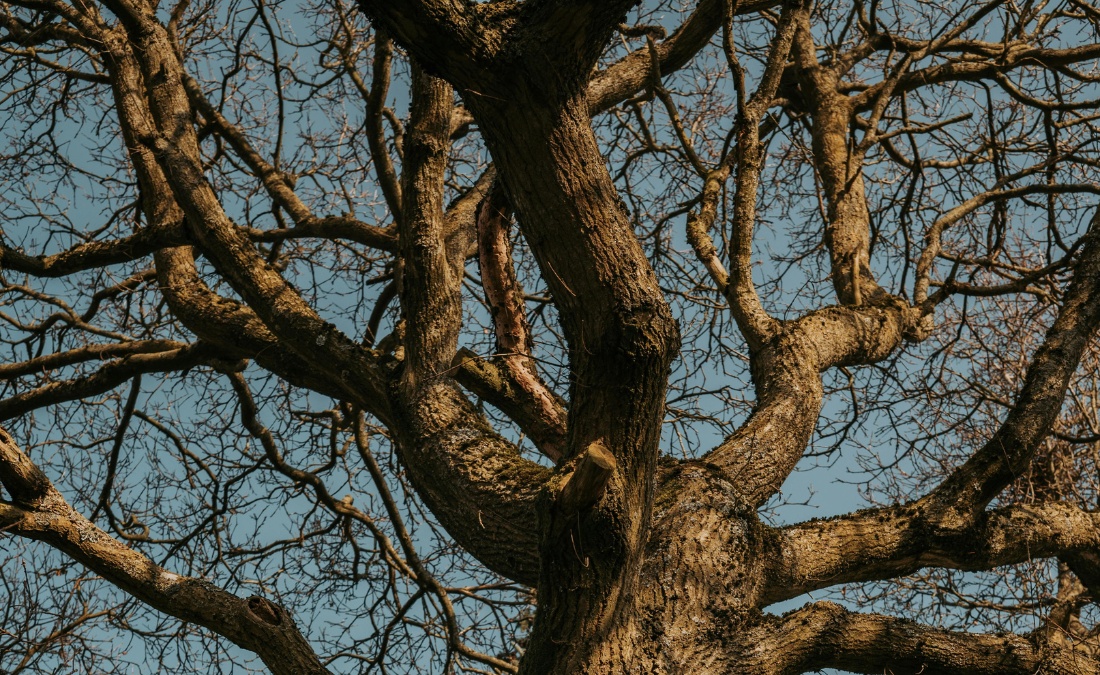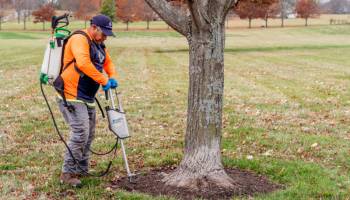Dogwood Trees: Everything You Need to Know

Dogwood trees are a great choice for gardeners looking to add beauty and shade to their landscape.
Trees 101: Everything You Want To Know About Dogwood Trees

Dogwood trees are a deciduous tree species native to eastern North America, with an estimated population of around 10 million. Dogwoods have adapted well to the changing climate and soil conditions that come with human development in North America, making them a popular choice for landscaping around the country.
Dogwoods grow best in full sun, but they can also tolerate partial shade and may even be planted as hedges or espaliers. They prefer moist, fertile soils but can also withstand poor soil conditions if given adequate water.
How big do dogwood trees get? How fast do dogwood trees grow?
Dogwoods typically grow 15 to 30 feet tall when fully mature. At Arbor Masters, we want to see your dogwood and other trees grow to their full potential.
How can we help?
Get a quote today to see how our comprehensive plant health care can help your dogwood trees thrive!
What does a dogwood tree look like?
Dogwoods change during the four seasons. In early spring, dogwoods develop white or pink flowers that give way to red or yellow berries that ripen in late summer. In autumn, the dogwood’s dark green leaves turn a deep burgundy or purple color before falling off for the winter. Dogwood tree bark is typically grayish brown with shallow ridges that give it a distinctive patterned look similar to scales.
What color do dogwood flowers come in? When do dogwoods bloom?

Dogwoods produce white, pink or red blooms in the spring, making them beloved by gardeners and homeowners around the country. Different species display different colored flowers; for example, Cornus florida (the most common type of dogwood tree) produces white blossoms while Cornus kousa produces pink-tinged blooms.
Dogwood flowers are iconic to United States culture having been seen in movies, paintings and other art throughout the country’s history. According to 50states.com, the dogwood flower is even the recognized state flower of Virginia and North Carolina as well as the recognized state tree of Missouri, New Jersey and Virginia.
Are dogwood berries poisonous?
Yes, dogwood berries are toxic and should never be eaten or given to pets or livestock. The main toxin in the berries is grayanotoxin, which can cause nausea, vomiting, and diarrhea if ingested. In severe cases of poisoning, it can also cause irregular heartbeats, seizures, paralysis, and coma.
What are the benefits of growing dogwood trees?
In addition to their natural beauty, dogwood trees attract wildlife like birds and butterflies. Birds and butterflies feed on their berries during autumn and winter. They also provide much-needed shade to gardens and yards during hot summer months. This shade helps to regulate temperature for other garden plants, as well as serving as a natural windbreak. On top of this, dogwoods are fairly low-maintenance and disease resistant, so they can provide years of easy enjoyment for gardeners.
How and when to plant dogwood trees?
The best time to plant dogwood trees is in the springtime, when temperatures are mild and the soil is still moist. Early-to-mid spring is ideal for planting, as soon as the ground thaws and can be worked. Late spring, while still acceptable, may result in less successful establishment if summer heat arrives before the tree is able to establish its roots. In colder climates, fall planting may be better as young trees can benefit from the cooler temperatures of winter. Dogwood trees require well-draining soil with a pH between 5 and 7. They should also receive partial shade when planted in warmer climates to help protect them from excessive heat and sun exposure. Planting dogwood trees in the right soil and with ample water will help ensure a healthy, vibrant tree for years to come.
PRO TIP: Want to learn more about some of the other typical trees you may find in the Midwest and Great Plains? See our other articles on other trees you may have on your property:
What care do dogwood trees need?
 As with any tree species, regular maintenance is key to keeping your dogwood healthy and thriving. Dogwood trees should be pruned annually in late winter or early spring before the tree flowers. This allows the tree to maintain its shape and encourage summertime blooming. Additionally, we can help with fertilizing, which should be done every few years to ensure adequate nutrition for the tree’s growth. Finally, it’s important to water your dogwood regularly during dry spells in order to keep it hydrated and healthy. Dogwood trees require about one inch of water each week. With proper care, a dogwood tree can live up to 50 years or more.
As with any tree species, regular maintenance is key to keeping your dogwood healthy and thriving. Dogwood trees should be pruned annually in late winter or early spring before the tree flowers. This allows the tree to maintain its shape and encourage summertime blooming. Additionally, we can help with fertilizing, which should be done every few years to ensure adequate nutrition for the tree’s growth. Finally, it’s important to water your dogwood regularly during dry spells in order to keep it hydrated and healthy. Dogwood trees require about one inch of water each week. With proper care, a dogwood tree can live up to 50 years or more.
What diseases can dogwood trees get?
It is important to note that although these trees are generally considered hardy and disease resistant, according to Penn State University, they can sometimes suffer from bacterial leaf scorch, anthracnose or root rot if not provided adequate care. To prevent this, gardeners should make sure to maintain proper tree health by providing regular maintenance and watering. With the right care, dogwoods can provide years of stunning beauty to any outdoor space!
Wrapping Up
 In conclusion, dogwood trees are a great choice for gardeners looking to add beauty and shade to their landscape. With their attractive blooms and foliage, they can bring a sense of life and vitality to any outdoor area. Additionally, dogwoods are fairly low-maintenance compared to most other tree species. This makes them easy for you to take care of with minimal effort. If you’re looking for an attractive tree with 4-season interest and long lifespan, look no further!
In conclusion, dogwood trees are a great choice for gardeners looking to add beauty and shade to their landscape. With their attractive blooms and foliage, they can bring a sense of life and vitality to any outdoor area. Additionally, dogwoods are fairly low-maintenance compared to most other tree species. This makes them easy for you to take care of with minimal effort. If you’re looking for an attractive tree with 4-season interest and long lifespan, look no further!
Tree care can be challenging. Keeping your dogwood in healthy condition can help your garden look great all year round. Let us help take of your trees. Contact us today to learn more about our comprehensive plant health care options.

Get the latest local news, tree care tips, special offers, and company updates directly to your inbox! It's easy to subscribe and there's no spam - we promise.
"*" indicates required fields

